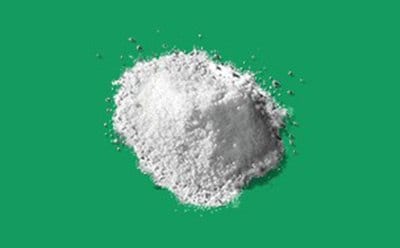HPLC Buffers

Buffers are solutions of a weak acid and its conjugate base, or a weak base and its conjugate acid. In analytical chemistry, buffers are typically used in reversed-phase high performance liquid chromatography (RP-HPLC), when the sample contains acidic or basic functional groups. Buffers mitigate the influence of hydrogen/hydronium and hydroxide ions, subsequently reducing pH fluctuation.
Products
Related Resources
- Brochure: LC-MS Resource Guide
A Comprehensive Portfolio for Consistent Results in Routine and Advanced LC-MS applications
- HPLC Method Transfer Calculator
Easily transfer a method between HPLC columns, (scale between microbore through preparative range), based on the 2 column dimensions and current method conditions.
Mobile Phase Buffers
Proper buffer choice, in terms of buffering species, ionic strength, and pH, is the most critical step in RP-HPLC method development for ionic analytes. Ionic analyte retention in RP-HPLC is fundamentally effected by the pH of the mobile phase. Thus, pH control of the mobile phase in RP-HPLC is one of the most important parameters for effective analyte separation.
The typical pH range for reversed-phase separations on silica-based columns is between 2 to 8. The buffer must have a pKa close to the desired pH, since buffers control pH best at their pKa. As a rule of thumb, it is ideal to choose a buffer with a pKa value <2 units of the desired mobile phase pH. We offer HPLC grade buffers for a wide pH range for all your lab chromatographic requirements.
Factors to be considered while choosing a HPLC Buffer
Chemical Purity
The quality of mobile phase additives (buffers, salts, acids and bases) along with organic solvents utilized in an HPLC experiment must be adapted to the detector sensitivity and elution protocol. High-quality solvents and reagents are recommended for optimal chromatography.
Chemical Compatibility
Buffer composition along with mobile phase pH must be chosen in agreement with column housing material and nature of the stationary phase. This prevents damage to the column hardware and bed.
Buffer Solubility
Ideally, the buffer should be completely water soluble and should not precipitate. Buffer concentration must be carefully chosen to avoid precipitation at higher concentrations, when the buffer is blended with the organic solvent. If neglected, it can create operational problems in the pumps and instigate HPLC column blockage.
Buffer Strength
An eluent showing weak interaction with the stationary phase is only capable of eluting weakly bonded analytes from the column, whereas a strong interaction causes elution of strongly bonded sample molecules. The elution or solvent strength of various solvents depends on the type of stationary phase used. After the elution strength, the viscosity and UV absorbance of the buffer plays an important role in terms of their suitability for use in HPLC analyses.
To continue reading please sign in or create an account.
Don't Have An Account?